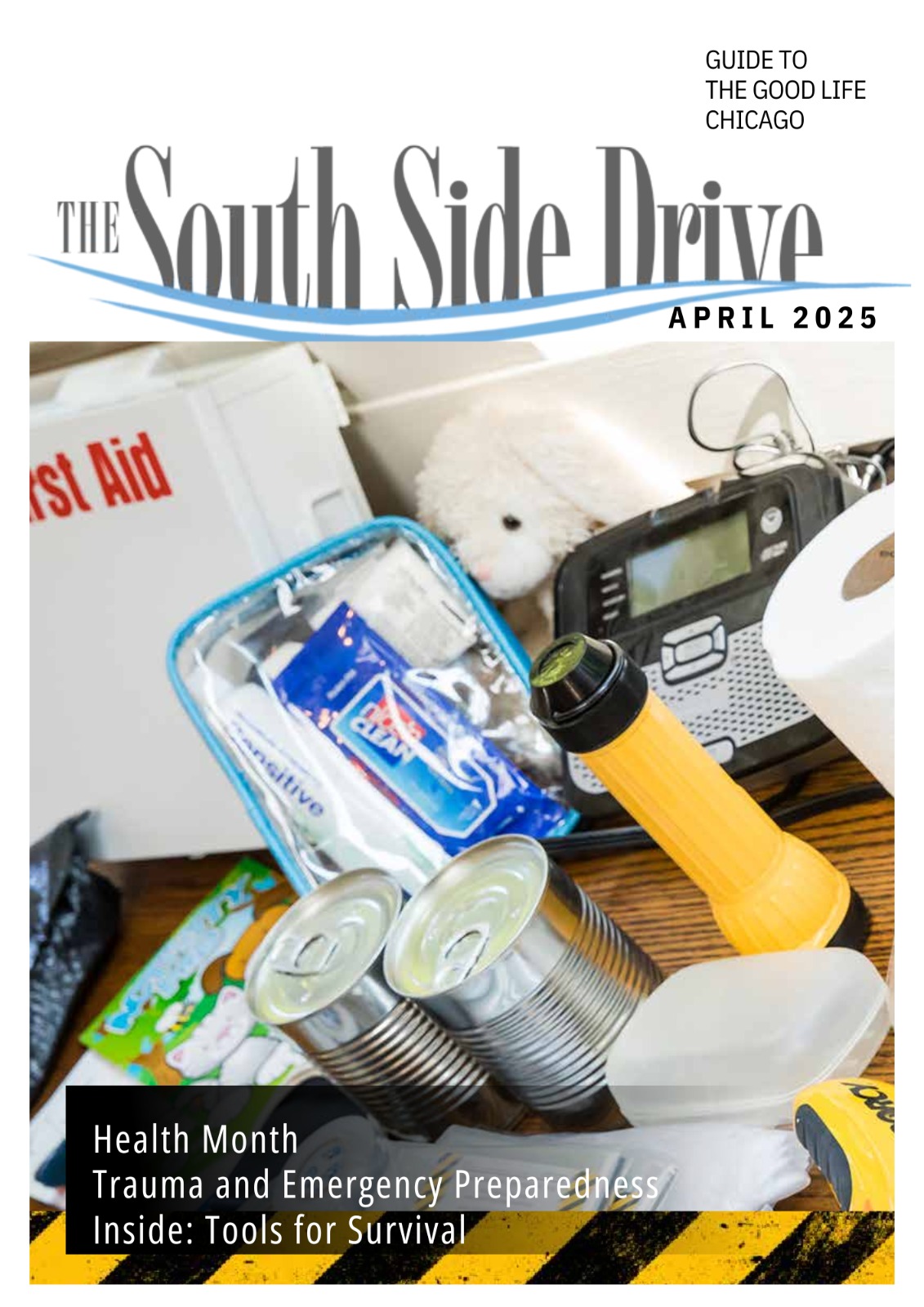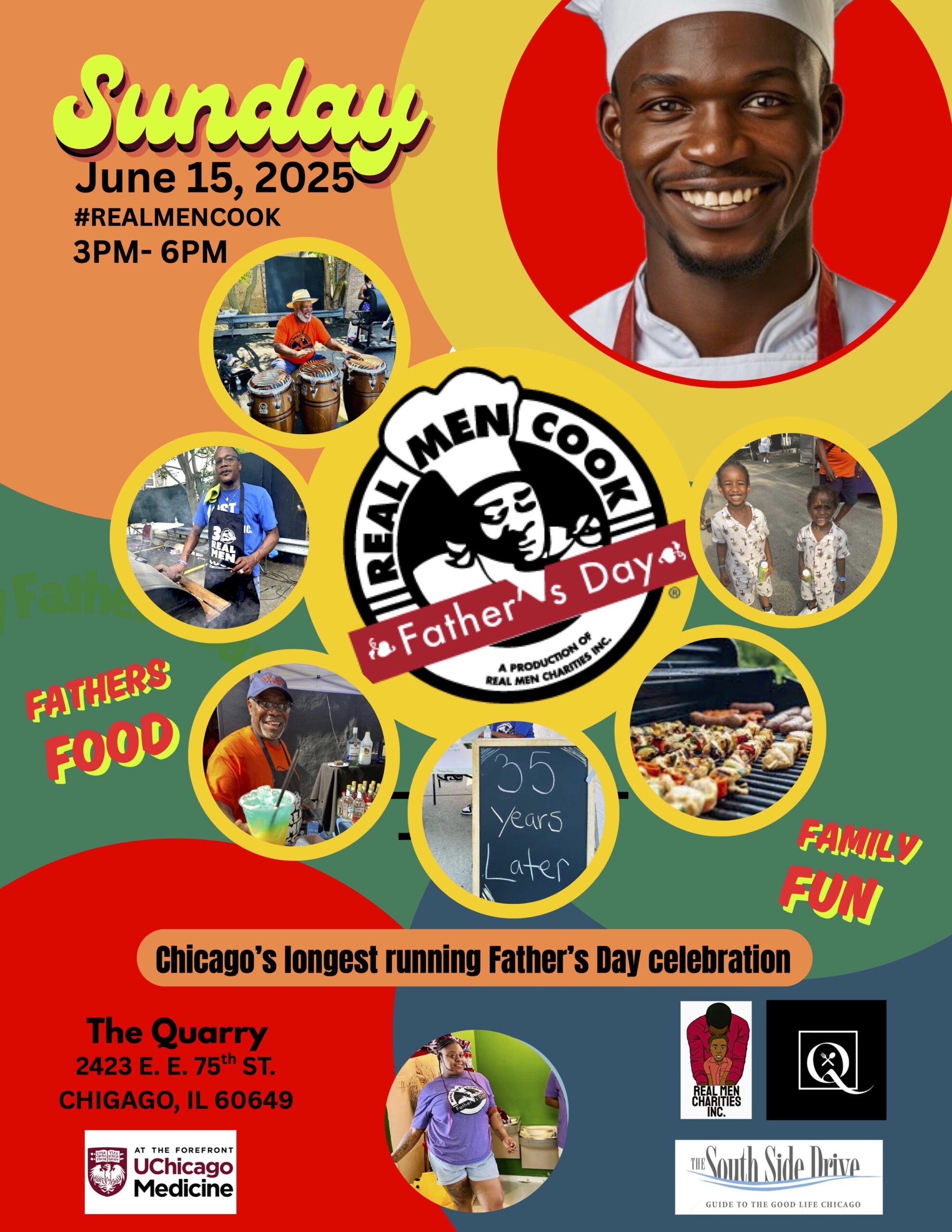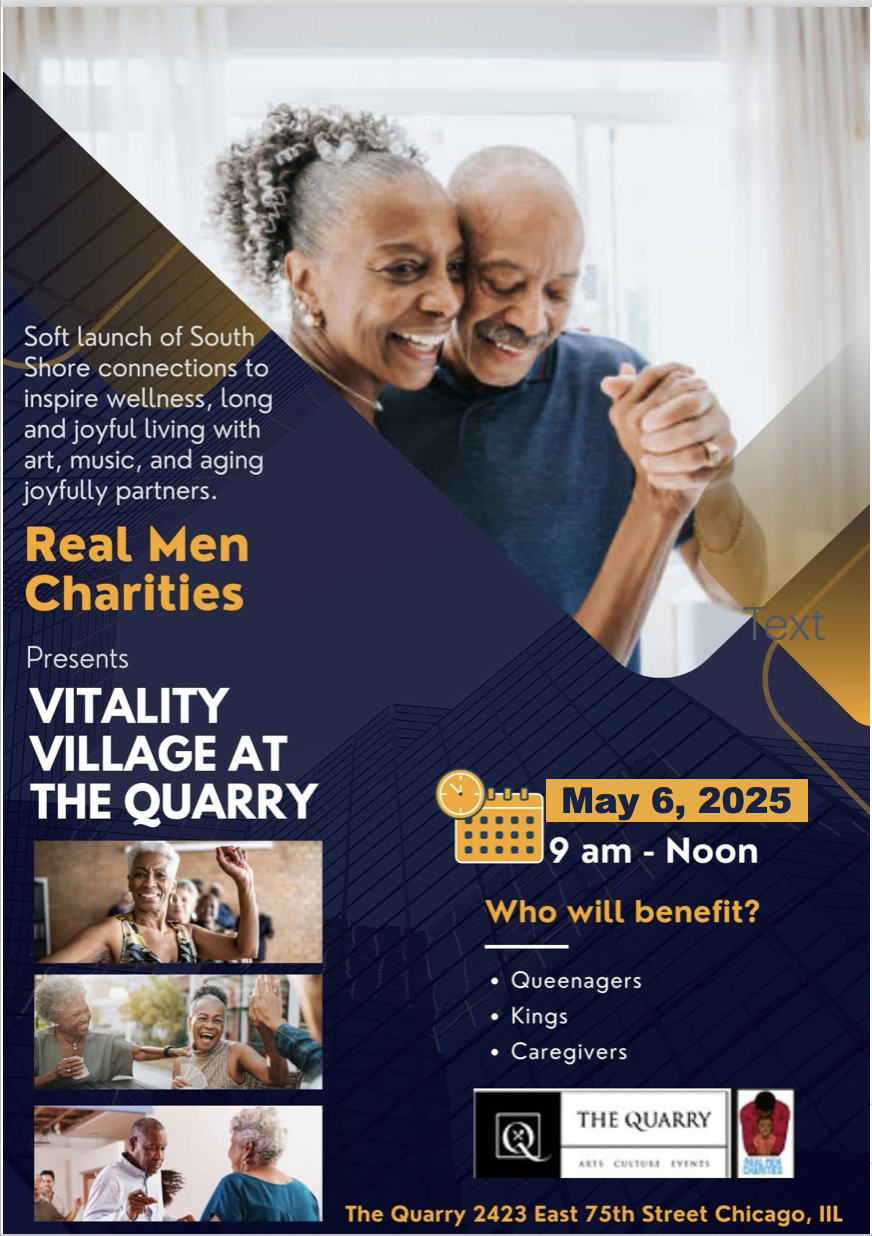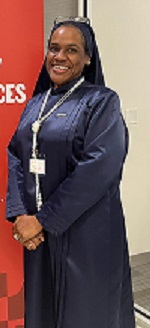What can and should communities do in case of a disaster or crisis? That question was the focus of the panel on disaster preparedness, in which the panelists discussed the development of a community volunteer force to assist when appropriate in community disasters as well as to advocate for what is called Community Emergency Response Training (C.E.R.T.).

There are specific tasks that community members can help with if they receive proper training. The C.E.R.T. model was created in Los Angeles, California and subsequently made official by FEMA. Today in Chicago, it’s under the control of the Office of Emergency Management.
Panelist Dr. Richard Keller is President and CEO of Preparedness Partners, Inc., and Terrorism Liaison Officer at Coordinator, Community Emergency Response Teams (C.E.R.T.) A McCormick Theological Seminary alumnus, he recently gave a moving presentation, “Until Help Arrives” at the Samuel DeWitt Proctor Convention in February, 2025. Dr. Keller represented the Samuel DeWitt Proctor Organization at the Conference.
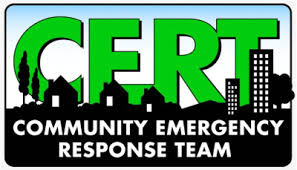
Dr. Keller spoke about the overall impact of disasters caused by environmental and climate factors and the more catastrophic man-made societal disasters. There is a need to build disaster resiliency in our community by establishing organized networks of people with expertise. This can be made possible by galvanizing community-based assets that contribute to our preparedness and resiliency in crises or disasters.
He emphasized the fact that independent of first responders, medical emergencies require stabilization as soon as possible, and the community’s capacity to provide this type of assistance is built by training people, beginning with individuals and family,
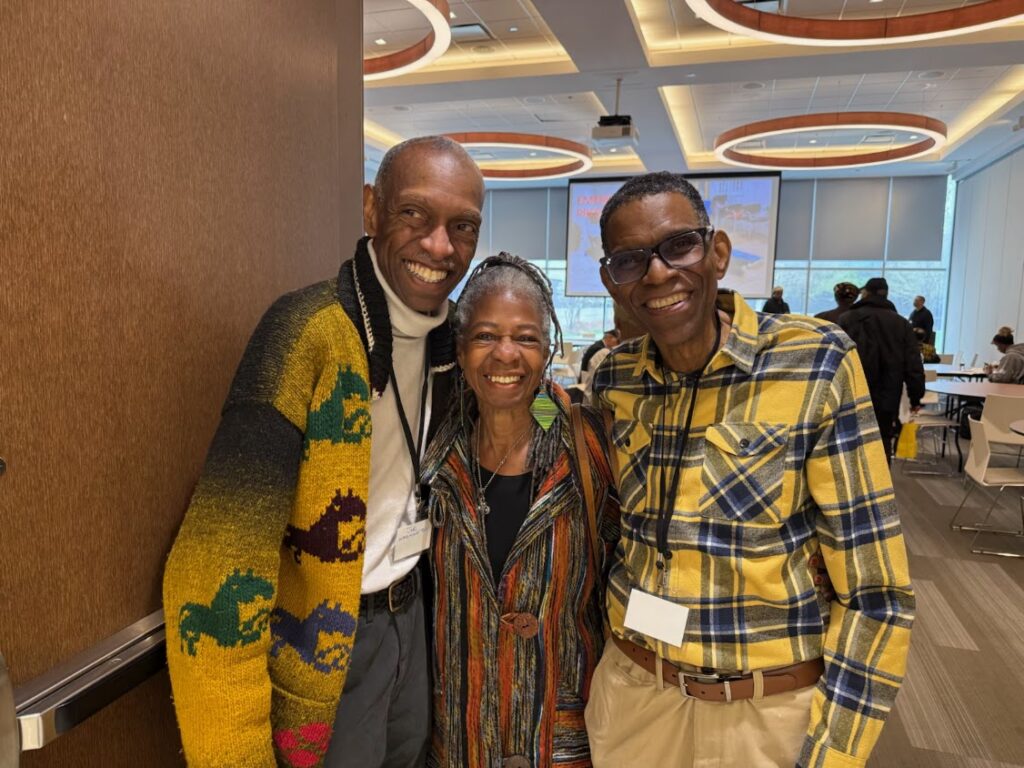
cascading to the neighborhood and community, which in turn impacts the overall local readiness for emergencies; starting on a small level, building to a larger scale, from micro to macro; from city to metro. He notes that establishing networks of people that turn into community forces is essential, because of the limited amount of first responders in the city of Chicago. “If you want expertise,” Dr. Keller says, “get kids in schools and train them to check vitals and do whatever they have to do until they get victim to the hospital. Make the knowledge so common that kids know how to do CPR, first aid, Heimlich Maneuver, Stop the Bleeding, and pick up the phone to call 911 to give the exact location and condition of the victim.”
Dr. Keller noted that his fraternity is an official supporter of C.E.R.T. He encourages everyone to take advantage of C.E.R.T. training. C.E.R.T stands for the Community Emergency Response Team program that came out of Los Angeles, California, where they discovered that they had limited first responders.
According to the C.E.R.T. flyer it “educates volunteers about disaster preparedness for the hazards that may impact their area and trains them in basic disaster response skills, such as fire safety, light search and rescue, team organization and disaster medical operations. C.E.R.T. training teaches residents critical skills to support first responders when professional services are overwhelmed.”
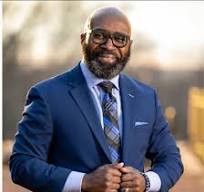
Also on that panel were Philip Mason, Planning and Preparedness Manager for the Cook County Department of Emergency Management and Regional Security; and Sister Alexis Owens, Founder of Ventures Unlimited, a community outreach and engagement organization doing specialty work in the area of emergency preparedness. Although Sister Ira Carruthers of the Samuel DeWitt Proctor Organization was not officially part of the panel, she contributed her vast wisdom and knowledge to help make the panel an overwhelming favorite among participants.
